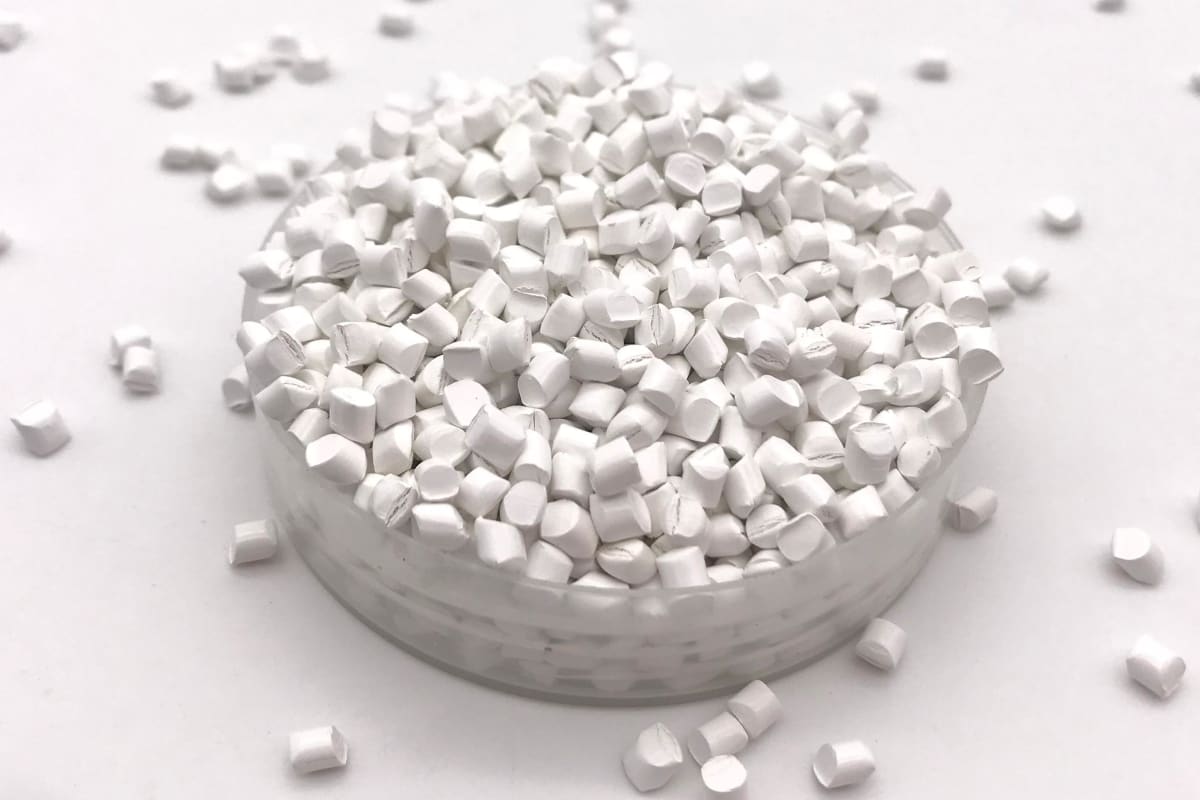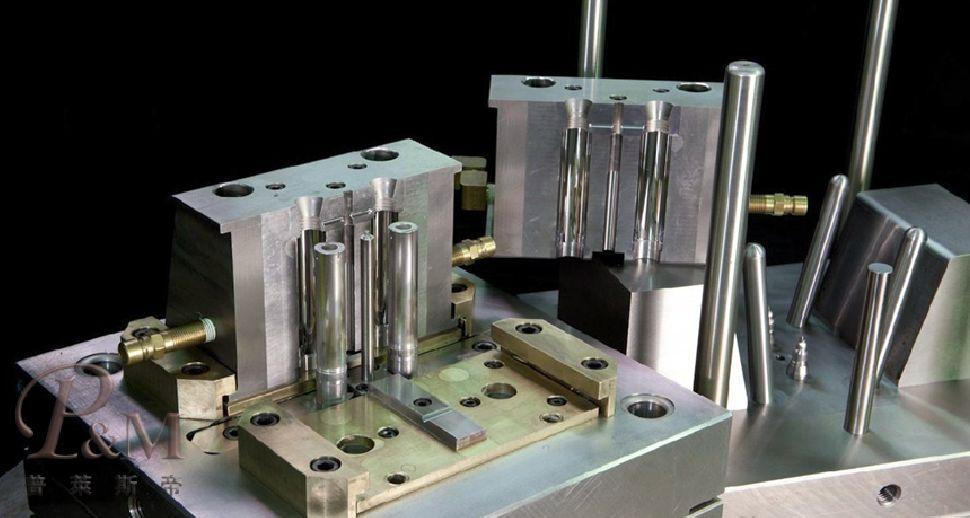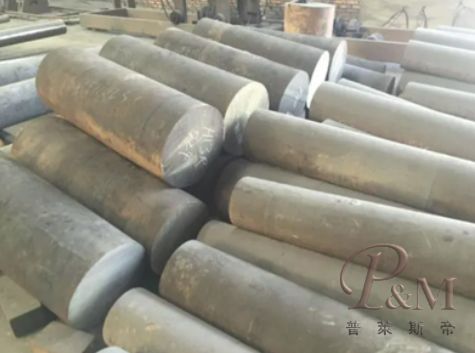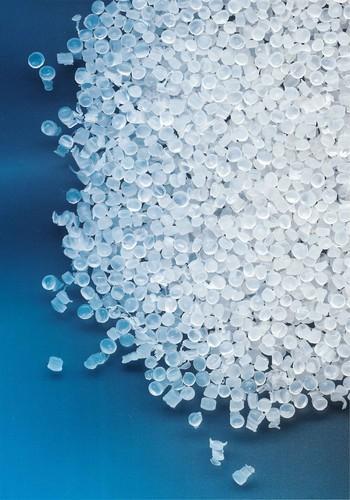Typical application areas: computer and business machine housings, electrical equipment, lawn and garden machines, automotive parts dashboards, interiors, and wheel covers.
Injection molding process conditions.
Drying treatment: Drying treatment before processing is a must. The humidity should be less than 0.04%. The recommended drying conditions are 90 to 110°C and 2 to 4 hours.
Melting temperature: 230~300℃.
Mold temperature: 50~100℃.
Injection pressure: depends on the plastic part.
Injection speed: as high as possible.
Chemical and physical properties: PC/ABS has the combined properties of both PC and ABS. For example, the easy processing characteristics of ABS and the excellent mechanical properties and thermal stability of PC. The ratio of the two will affect the thermal stability of the PC/ABS material. a hybrid material like PC/ABS also shows excellent flow properties.
2.PC/PBT
Typical applications: gearboxes, automotive bumpers and products requiring chemical and corrosion resistance, thermal stability, impact resistance and geometric stability.
Injection molding process conditions.
Drying treatment: 110~135℃,about 4 hours drying treatment is recommended.
Melting temperature: 235~300℃.
Mold temperature: 37~93℃.
Chemical and physical properties PC/PBT has the combined properties of both PC and PBT, such as high toughness and geometrical stability of PC and chemical stability, thermal stability and lubrication properties of PBT.
Typical applications: refrigerator containers, storage containers, household kitchenware, sealing lids, etc.
Injection molding process conditions.
Drying: No need to dry if stored properly.
Melting temperature: 220 to 260°C. For materials with larger molecules, the recommended melting temperature range is between 200 and 250°C.
Mold temperature: 50-95°C. Higher mold temperature should be used for wall thicknesses below 6mm and lower mold temperature for wall thicknesses above 6mm. The cooling temperature of plastic parts should be uniform to reduce the difference of shrinkage. For optimal cycle time, the cooling cavity diameter should be not less than 8mm and the distance from the mold surface should be within 1.3d (where “d” is the diameter of the cooling cavity).
Injection pressure: 700 to 1050 bar.
Injection speed: High speed injection is recommended. Runners and gates: The runner diameter should be between 4 and 7.5 mm and the runner length should be as short as possible. Various types of gates can be used and the gate length should not exceed 0.75mm. especially suitable for using hot runner molds.
Chemical and physical properties: The high crystallinity of PE-HD results in high density, tensile strength, high temperature distortion temperature, viscosity and chemical stability. PE-HD has a higher resistance to permeation than PE-LD. PE-HD has a lower impact strength. The properties of PH-HD are mainly controlled by density and molecular weight distribution. The molecular weight distribution of PE-HD suitable for injection molding is very narrow. For the density of 0.91-0.925g/cm3, we call it the first type of PE-HD; for the density of 0.926-0.94g/cm3, it is called the second type of PE-HD; for the density of 0.94-0.965g/cm3, it is called the third type of PE-HD. -The material has good flow characteristics, with MFR between 0.1 and 28. The higher the molecular weight, the poorer the flow characteristics of PH-LD, but with better impact strength.PE-LD is a semi-crystalline material with a high shrinkage after molding, between 1.5% and 4%.PE-HD is susceptible to environmental stress cracking. PE-HD is easily dissolved in hydrocarbon solvents at temperatures above 60C, but its resistance to dissolution is somewhat better than that of PE-LD.
4.PE-LD
Drying: generally not required
Melting temperature: 180~280℃
Mold temperature: 20~40℃ In order to achieve uniform cooling and more economical de-heating, it is recommended that the cooling cavity diameter should be at least 8mm and the distance from the cooling cavity to the mold surface should not exceed 1.5 times of the cooling cavity diameter.
Injection pressure: up to 1500 bar.
Holding pressure: up to 750 bar.
Injection speed: Fast injection speed is recommended.
Runners and gates: Various types of runners and gates can be used PE is particularly suitable for use with hot runner molds.
Chemical and physical properties:The density of PE-LD material for commercial use is 0.91 to 0.94 g/cm3.PE-LD is permeable to gas and water vapor.The high coefficient of thermal expansion of PE-LD is not suitable for processing products for long term use. If the density of PE-LD is between 0.91 and 0.925g/cm3, then its shrinkage rate is between 2% and 5%; if the density is between 0.926 and 0.94g/cm3, then its shrinkage rate is between 1.5% and 4%. The actual current shrinkage also depends on the injection molding process parameters. PE-LD is resistant to many solvents at room temperature, but aromatic and chlorinated hydrocarbon solvents can cause it to swell. Similar to PE-HD, PE-LD is susceptible to environmental stress cracking.
Post time: Oct-22-2022



